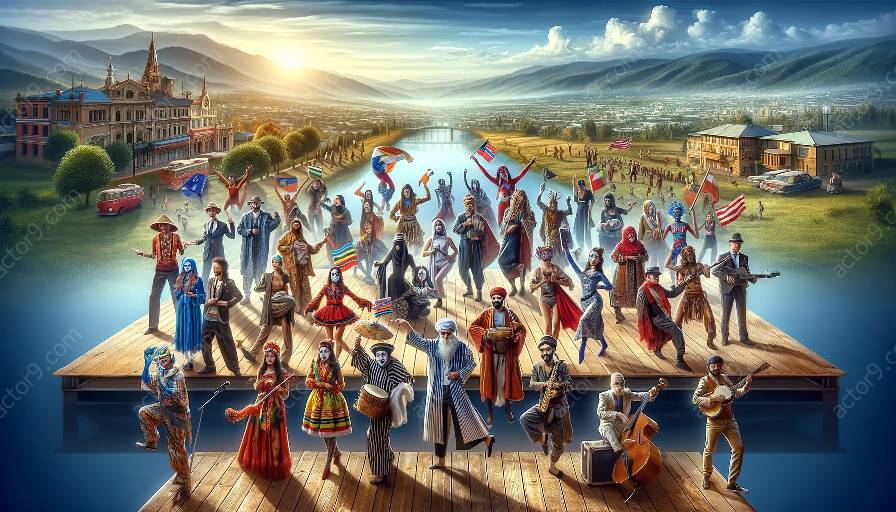Physical comedy and mime are art forms that transcend cultural boundaries, yet the way different cultures perceive and respond to the use of props and costumes in these performances can vary significantly. Understanding the cross-cultural differences in physical comedy and mime can provide valuable insights into how humor and non-verbal communication are expressed and interpreted across different societies.
Cultural Perceptions of Props and Costumes
In physical comedy and mime, props and costumes play a pivotal role in conveying humor and storytelling. However, the way these elements are perceived can differ based on cultural norms and traditions. For example, in Western cultures, exaggerated and slapstick props and costumes are often used to evoke laughter and enhance physical performances. On the other hand, in Asian cultures, such as Japanese Noh theater or Chinese traditional performance arts, props and costumes are often steeped in symbolism and cultural significance, adding layers of complexity and meaning to the performances.
Response to Props and Costumes
When it comes to the audience's response, cultural differences become even more apparent. In some cultures, the use of specific props or costumes may trigger specific emotional responses or cultural associations. For instance, a prop or costume that is humorous in one culture may be perceived as offensive or inappropriate in another. Understanding these nuances is crucial for performers aiming to connect with diverse global audiences.
Cross-Cultural Differences in Physical Comedy and Mime
Physical comedy and mime present a unique opportunity to delve into cross-cultural differences in comedy and non-verbal communication. By examining how different cultures interpret and integrate props and costumes into these performances, we gain a deeper understanding of the diverse ways in which humor and human expression are manifested across the globe. This exploration can shed light on the universal and culturally specific aspects of physical comedy and mime.
Conclusion
Props and costumes in physical comedy and mime are lenses through which cultural diversity is refracted. They offer a gateway to understanding the intricate tapestry of human expression, humor, and communication across different societies. By acknowledging and celebrating these differences, performers and audiences alike can foster a greater appreciation for the richness and depth of cross-cultural comedy and mime.


























